Image of 1966 Ford Thunderbird, Note: These illustrations use artistic license and may differ from actual historical models.
Performance Metrics
Fundamental Metrics
Emotional Appeal
MMP Rating
| Engine Specifications | |
|---|---|
| Engine: | 390 cu in (6.4 L) FE V8, 428 cu in (7.0 L) FE V8 |
| Displacement: | 390-428 cu in |
| Horsepower: | 315-345 hp |
| Torque: | 427-462 lb-ft |
| Compression Ratio: | 10.5:1 |
| Ignition System: | Conventional breaker-point ignition system |
| Cooling System: | Liquid-cooled |
| Performance Specifications | |
| 0-60 Time: | 9 seconds |
| 1/4 Mile Time: | 16 seconds |
| Top Speed: | 120 mph |
| Transmission and Drive | |
| Drive Type: | Rear-wheel drive |
| Transmission Type: | 3-speed automatic, 4-speed manual |
| Fuel and Efficiency | |
| Fuel System Type: | Carburetor |
| MPG: | 10-12 mpg |
| Dimensions and Brakes | |
| Brakes: | Front disc brakes and rear drum brakes |
| Wheelbase: | 113.2 inches |
| Weight: | 4,400 lbs |
Note: Specifications for classic cars are given to the best of our ability, considering the limited and variant data available.
Introduction
The 1966 Ford Thunderbird is a beacon of American automotive prowess, an emblem of the era's luxury and style. Born from the ambitious minds at Ford Motor Company, this iconic vehicle emerged as a testament to the company's innovative spirit during a time when cars were not just modes of transportation but symbols of personal expression and freedom. The Thunderbird, affectionately known as the 'T-Bird', soared into the hearts of car enthusiasts with its blend of performance and panache. A unique fact that captures the imagination is that this model year marked the end of the fourth-generation Thunderbird, making it a significant milestone in the lineage of this storied nameplate.
Design and Innovation
With its long, sculpted lines and a front grille that commanded attention, the 1966 Thunderbird's exterior styling was nothing short of a head-turner. The car's silhouette was both elegant and aggressive, featuring a distinctive sequential turn signal that mesmerized onlookers as it indicated a change in direction. Inside, occupants were swathed in luxury with options like leather upholstery and wood grain accents. Technological features such as an optional AM/FM radio, power windows, and air conditioning showcased Ford's commitment to innovation. Color options ranged from subdued to vibrant, with shades like Emberglo and Sauterne Gold catching buyers' eyes. Among body styles, the convertible with its smooth-operating power top was particularly iconic.
Historical Significance
The 1966 Thunderbird's impact on automotive design was profound. It helped solidify the personal luxury car segment, setting a benchmark for comfort and performance that competitors strived to emulate. Its blend of American muscle with upscale refinement set it apart from other vehicles of its time and has left an indelible mark on automotive history.
Performance and Handling
Underneath its stylish exterior lay a robust 390 cubic inch V8 engine that propelled the Thunderbird from 0-60 mph in under 11 seconds—a respectable figure for its class. With a top speed approaching 120 mph, it offered exhilarating performance for spirited drivers. The ride quality was smooth, absorbing bumps with grace while maintaining composure on windy roads. Behind the wheel, drivers enjoyed a symphony of engine notes while reveling in a driving experience that was both engaging and luxurious.
Ownership Experience
The 1966 Thunderbird found its niche among those seeking a daily driver with flair or a show-stopping weekend cruiser. Its reliability was commendable for its time, though current owners should anticipate typical maintenance associated with classic cars. Parts availability is generally good due to strong enthusiast support and aftermarket provision.
Fun Facts
The '66 T-Bird has graced both big and small screens, adding to its celebrity status. Rare editions like the Town Hardtop with its blind quarter roof panels are sought after by collectors. While not known for breaking speed records, it broke molds in design and luxury appointments.
Collector's Information
In today's market, the value range for a well-maintained 1966 Ford Thunderbird can vary greatly depending on condition, mileage, and originality—typically between $15,000 to $50,000 or more for pristine examples. With approximately 69,000 units produced across all body styles in 1966, they are relatively rare but still accessible to enthusiasts. The market trend has seen these vehicles appreciate over time as their classic status becomes more revered.
Conclusion
The 1966 Ford Thunderbird remains an enduring symbol of America's golden age of motoring—a testament to innovation, luxury, and performance wrapped in steel and chrome. It stands as a proud member of the classic car pantheon, continuing to captivate collectors and enthusiasts alike with its timeless appeal.
1966 Ford Thunderbird Catalog of Parts
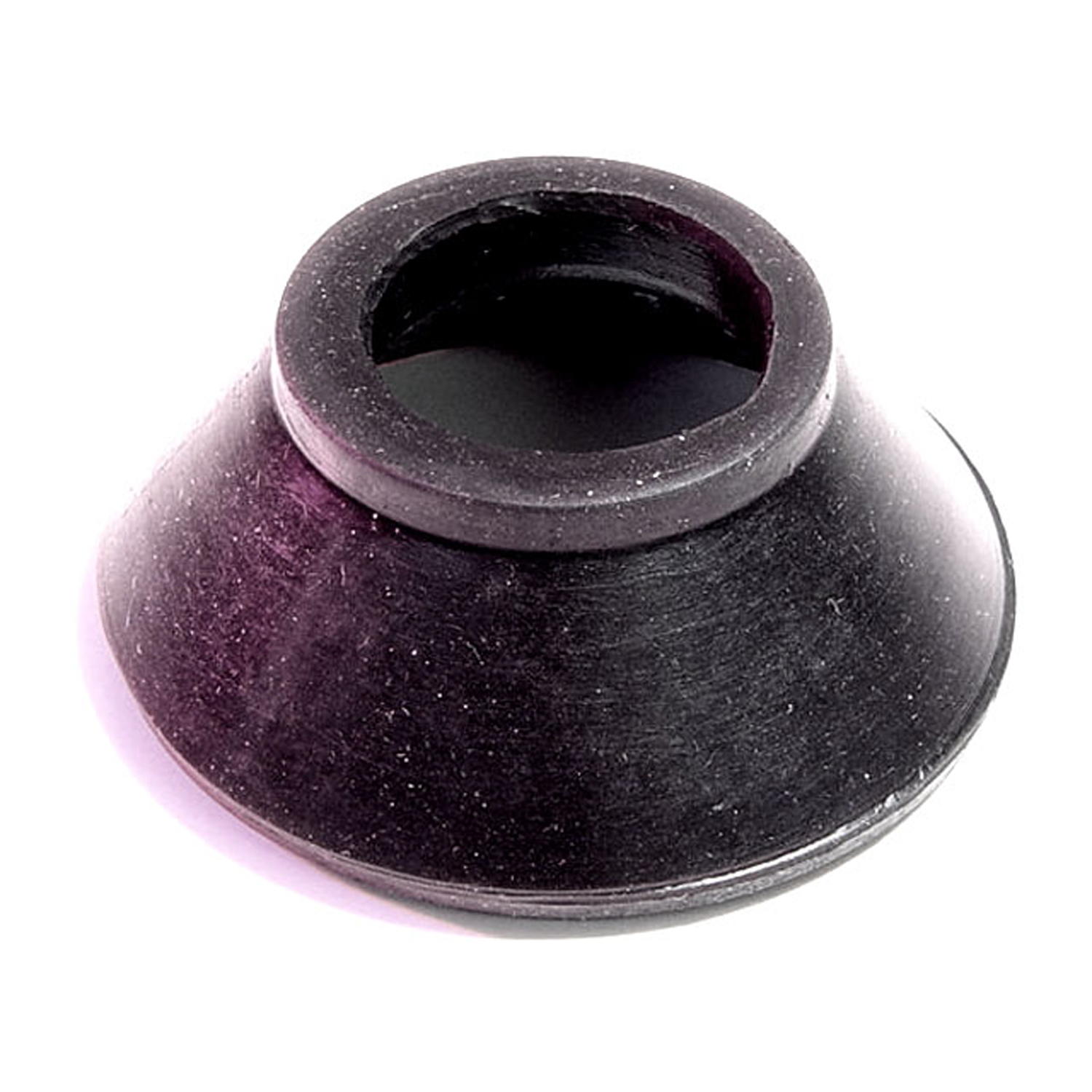 1966 Ford Thunderbird Suspension Ball Joint Dust Seal. 3/4" top I.D-BN 101-BSuspension Ball Joint Dust Seal. 3/4" top I.D., 1-11/16" bottom O.D., 3/4" high. For some rare models. Check dimensions against original. Each
1966 Ford Thunderbird Suspension Ball Joint Dust Seal. 3/4" top I.D-BN 101-BSuspension Ball Joint Dust Seal. 3/4" top I.D., 1-11/16" bottom O.D., 3/4" high. For some rare models. Check dimensions against original. Each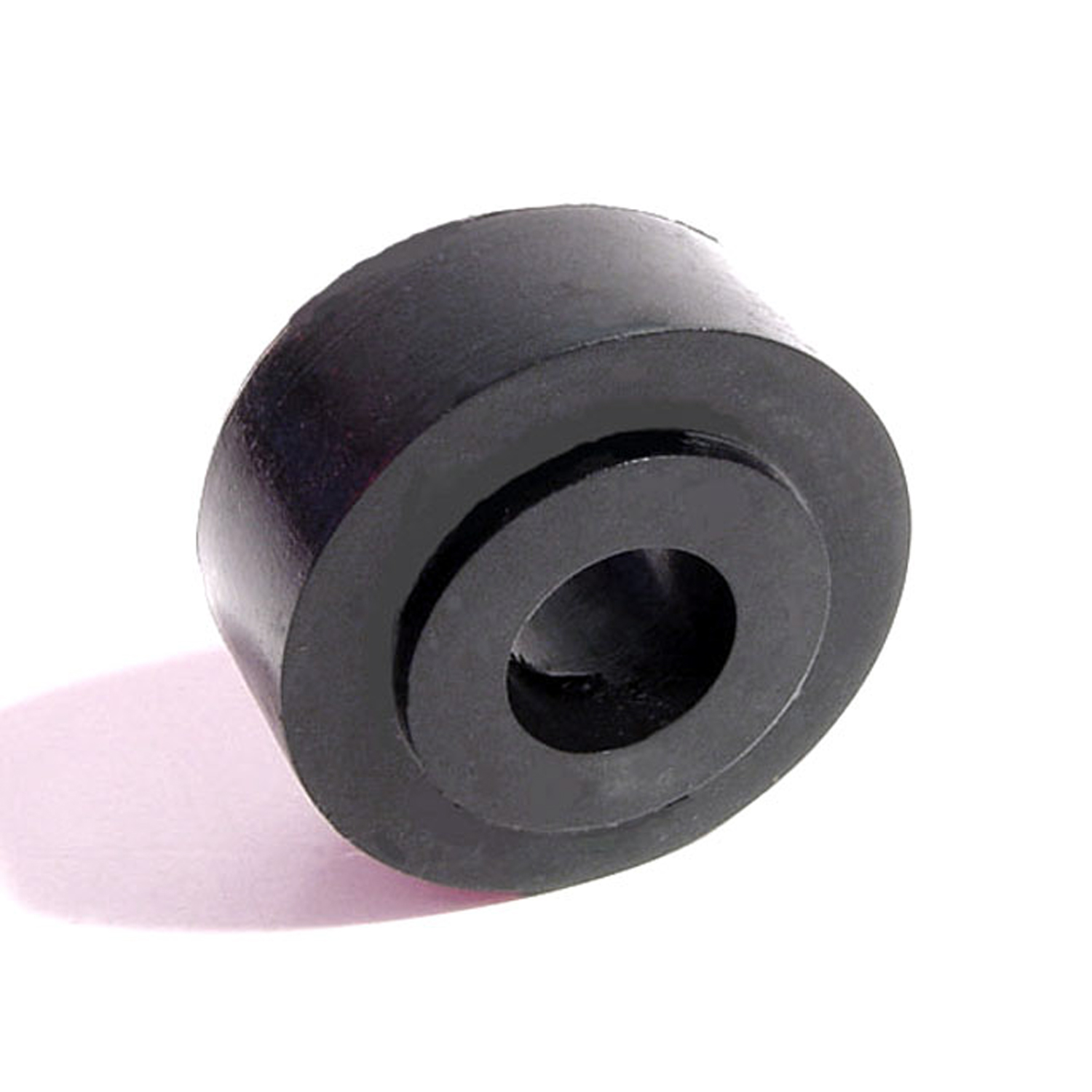 1966 Ford Thunderbird Shock Absorber Grommet. 1-1/4" bottom O.D., 1" high-BN 12Shock Absorber Grommet. 1-1/4" bottom O.D., 1" high., with 3/4" I.D. Each
1966 Ford Thunderbird Shock Absorber Grommet. 1-1/4" bottom O.D., 1" high-BN 12Shock Absorber Grommet. 1-1/4" bottom O.D., 1" high., with 3/4" I.D. Each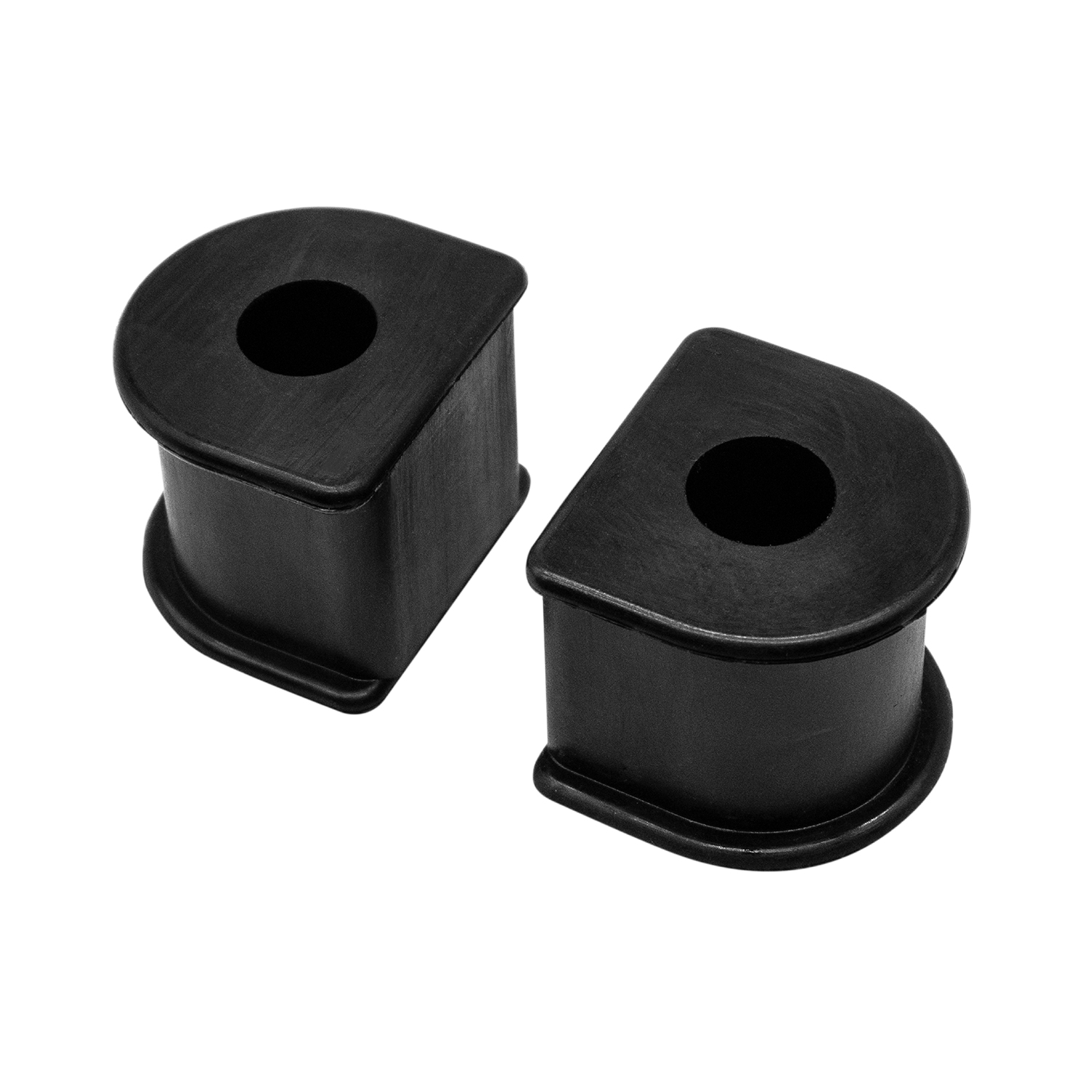 1966 Ford Thunderbird Front stabilizer bar to frame bushings-BN 32-FFront stabilizer bar to frame bushings, '59-'66 Ford and Mercury passenger car, station wagon and sedan delivery models, pair. Replaces OEM # B9A-5493-B.
1966 Ford Thunderbird Front stabilizer bar to frame bushings-BN 32-FFront stabilizer bar to frame bushings, '59-'66 Ford and Mercury passenger car, station wagon and sedan delivery models, pair. Replaces OEM # B9A-5493-B.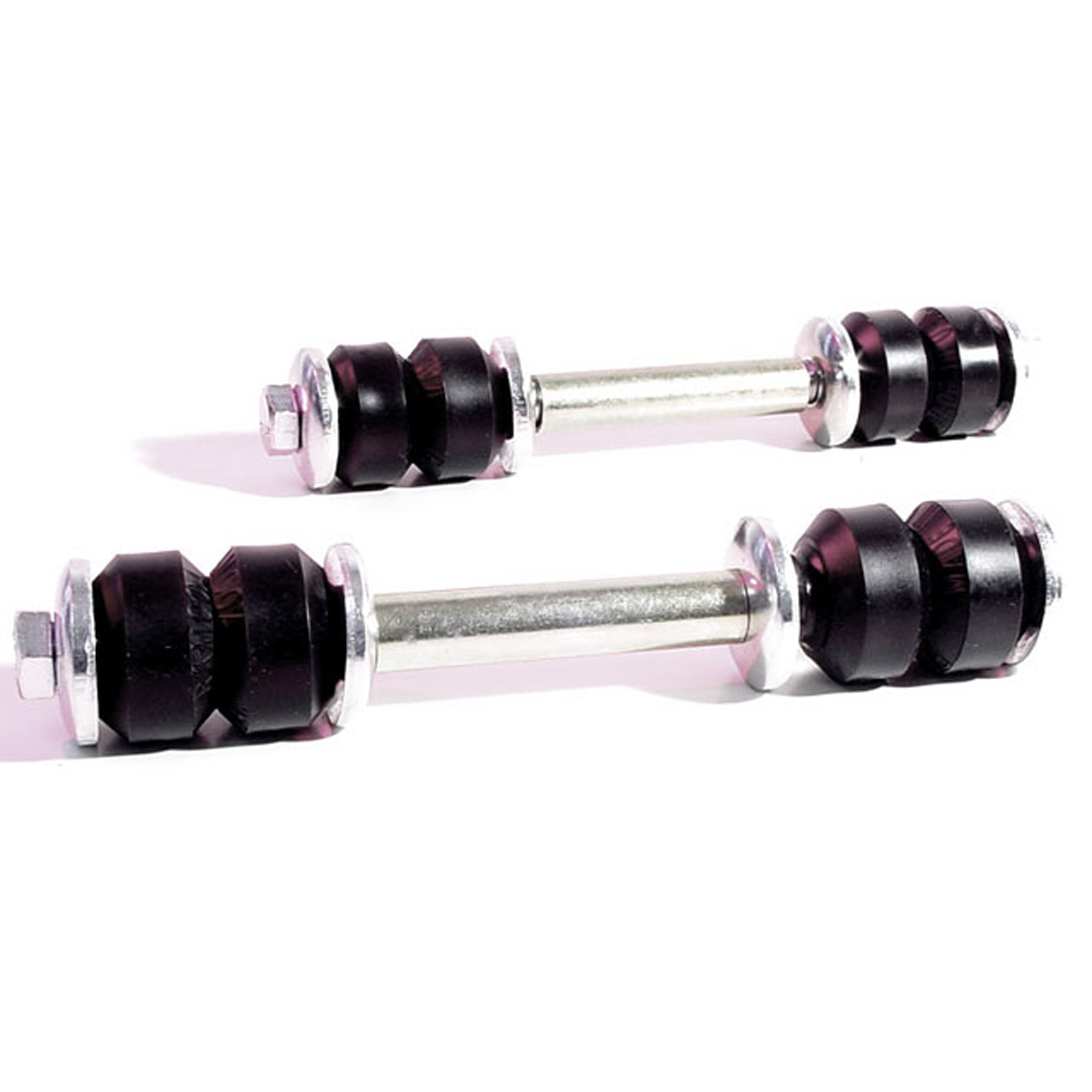 1966 Ford Thunderbird Front Stabilizer End Repair Kit-BNK 23Front Stabilizer End Repair Kit. 22-piece set for two stabilizer bars. Contains all rubber bushings, washers, bolts and nuts, enough for one front end. Set
1966 Ford Thunderbird Front Stabilizer End Repair Kit-BNK 23Front Stabilizer End Repair Kit. 22-piece set for two stabilizer bars. Contains all rubber bushings, washers, bolts and nuts, enough for one front end. Set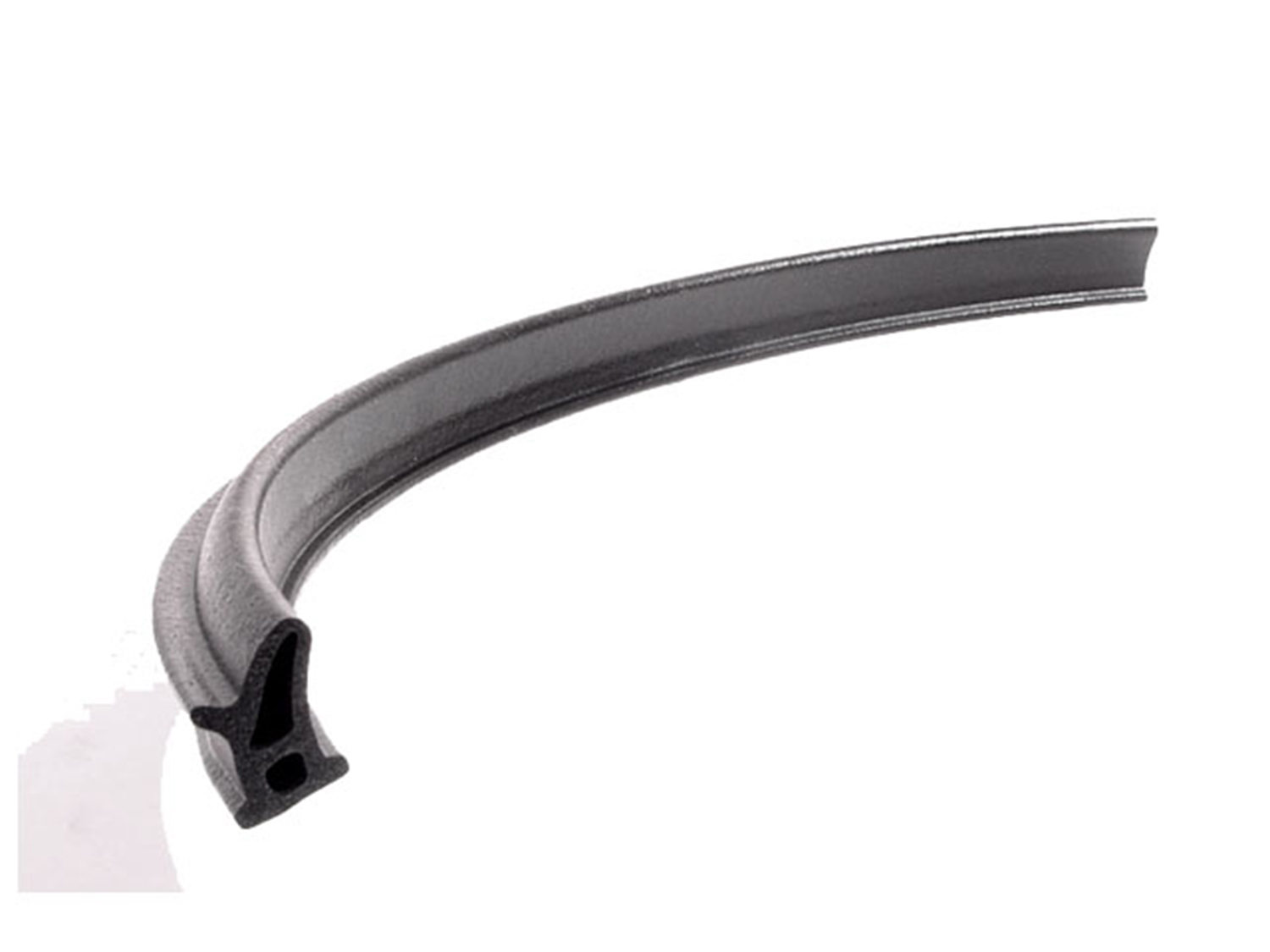 1966 Ford Thunderbird Door Side Seal extrusion with proper installation clips-C/LP 40-FDoor Side Seal extrusion with proper installation clips. Clips installed 4" on center. Sold by the foot.
1966 Ford Thunderbird Door Side Seal extrusion with proper installation clips-C/LP 40-FDoor Side Seal extrusion with proper installation clips. Clips installed 4" on center. Sold by the foot.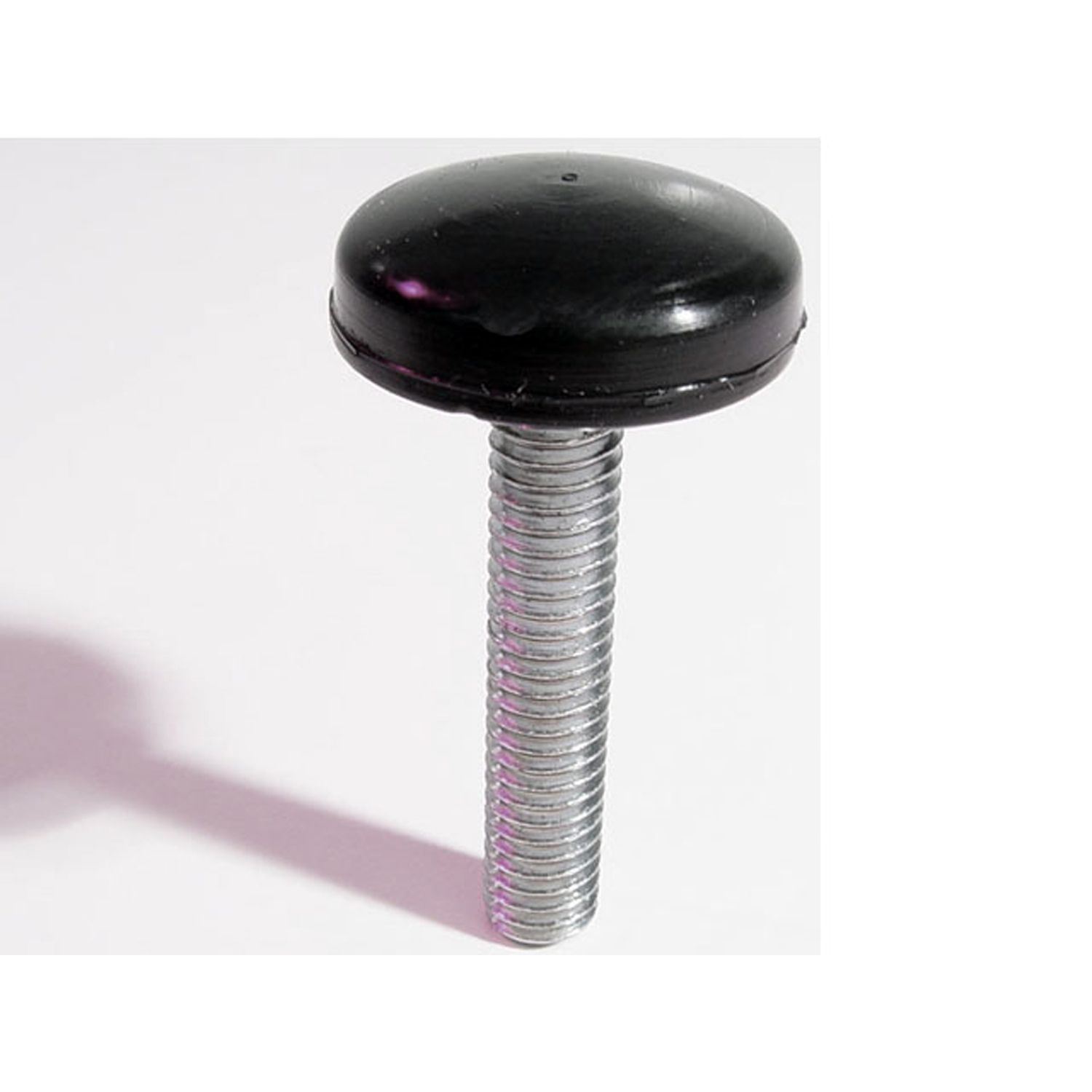 1966 Ford Thunderbird Hood Adjustment Bolt and Bumper. 1" diameter rubber head-HA 2Hood Adjustment Bolt and Bumper. 1" diameter rubber head. 5/16" thick X 18 threads/inch X 1-3/4" long bolt. Each
1966 Ford Thunderbird Hood Adjustment Bolt and Bumper. 1" diameter rubber head-HA 2Hood Adjustment Bolt and Bumper. 1" diameter rubber head. 5/16" thick X 18 threads/inch X 1-3/4" long bolt. Each 1966 Ford Thunderbird Hood Adjustment Bolt and Bumper-HA 3Hood Adjustment Bolt and Bumper. 1-1/8" diameter rubber head. 5/16" thick X 18 threads/inch X 2-1/8" long bolt. Each
1966 Ford Thunderbird Hood Adjustment Bolt and Bumper-HA 3Hood Adjustment Bolt and Bumper. 1-1/8" diameter rubber head. 5/16" thick X 18 threads/inch X 2-1/8" long bolt. Each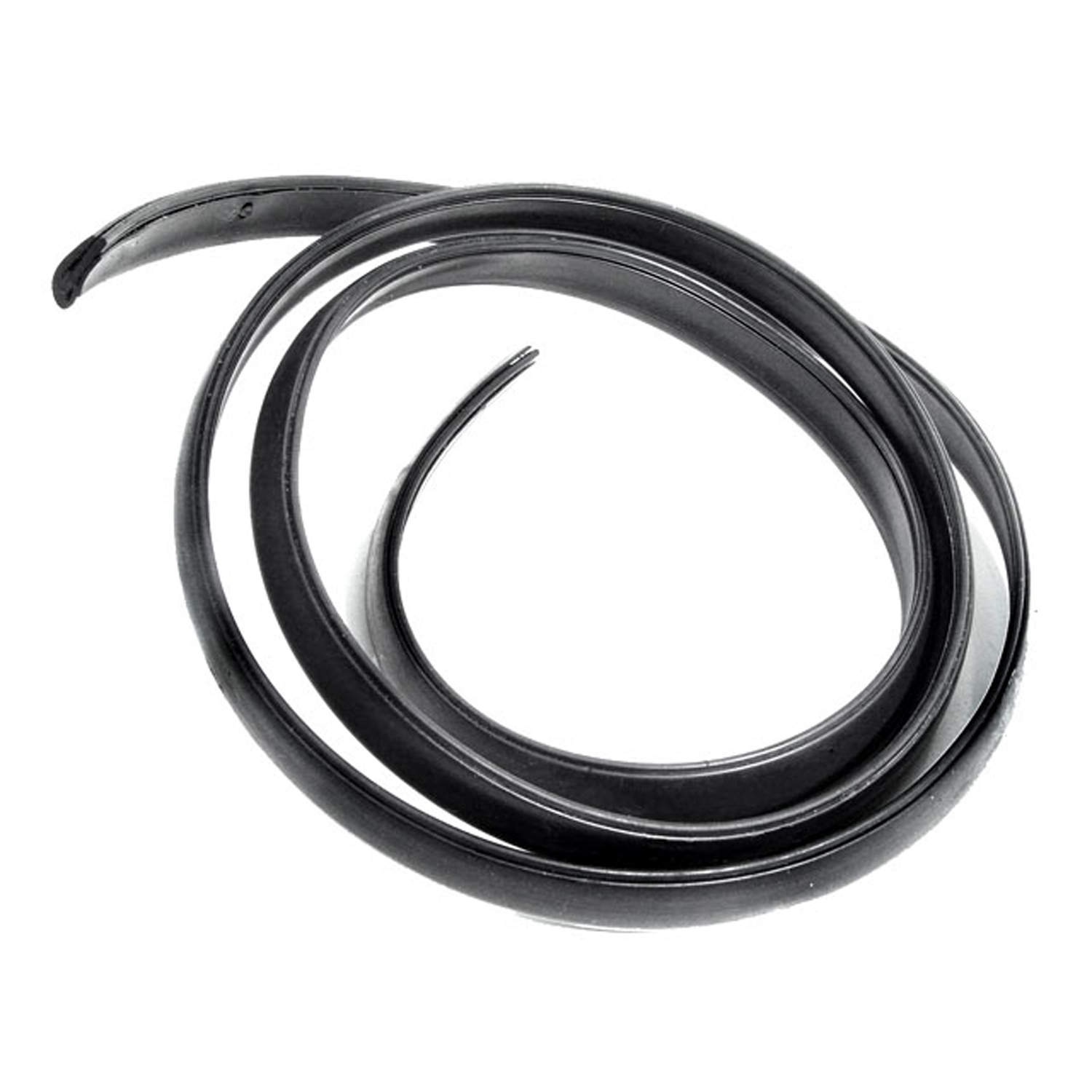 1966 Ford Thunderbird Top Bow to Header Seal for Convertibles. 56" long. Each-HD 305Top Bow to Header Seal for Convertibles. 56" long. Each
1966 Ford Thunderbird Top Bow to Header Seal for Convertibles. 56" long. Each-HD 305Top Bow to Header Seal for Convertibles. 56" long. Each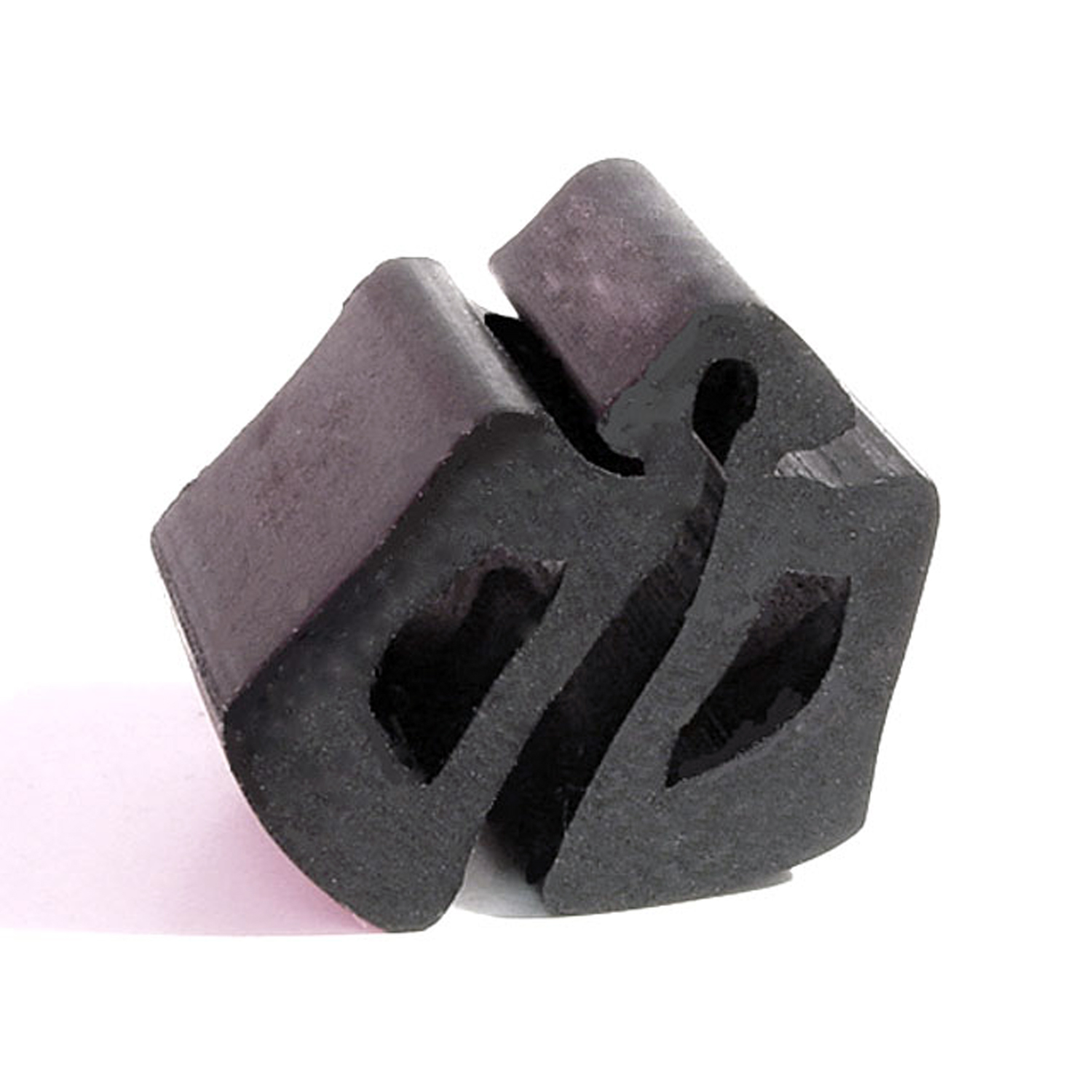 1966 Ford Thunderbird Hood Bumper. Each-HF 2Hood Bumper. Each
1966 Ford Thunderbird Hood Bumper. Each-HF 2Hood Bumper. Each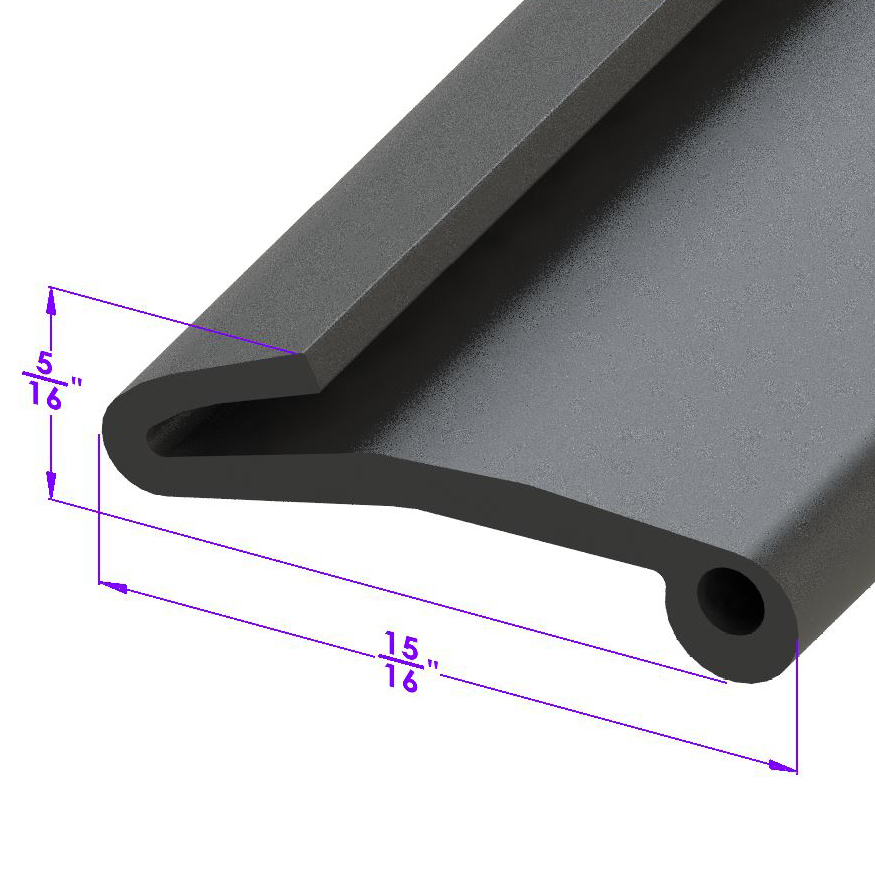 1966 Ford Thunderbird Fender Skirt Seal. Sold by the foot-LP 111-EFender Skirt Seal. Sold by the foot
1966 Ford Thunderbird Fender Skirt Seal. Sold by the foot-LP 111-EFender Skirt Seal. Sold by the foot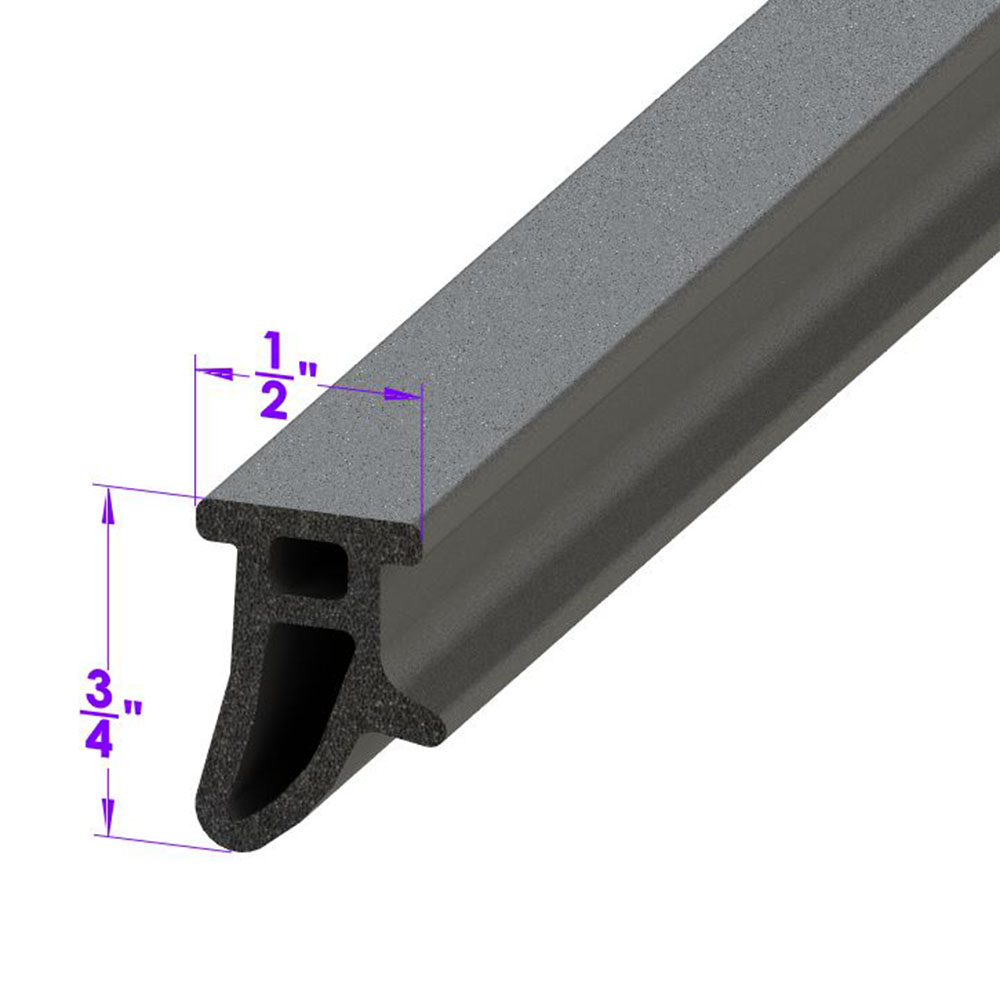 1966 Ford Thunderbird Door Side Seal, Without Clips (for seal with clips-LP 40-FDoor Side Seal, Without Clips (for seal with clips, see C/LP 40-F). Sold by the foot
1966 Ford Thunderbird Door Side Seal, Without Clips (for seal with clips-LP 40-FDoor Side Seal, Without Clips (for seal with clips, see C/LP 40-F). Sold by the foot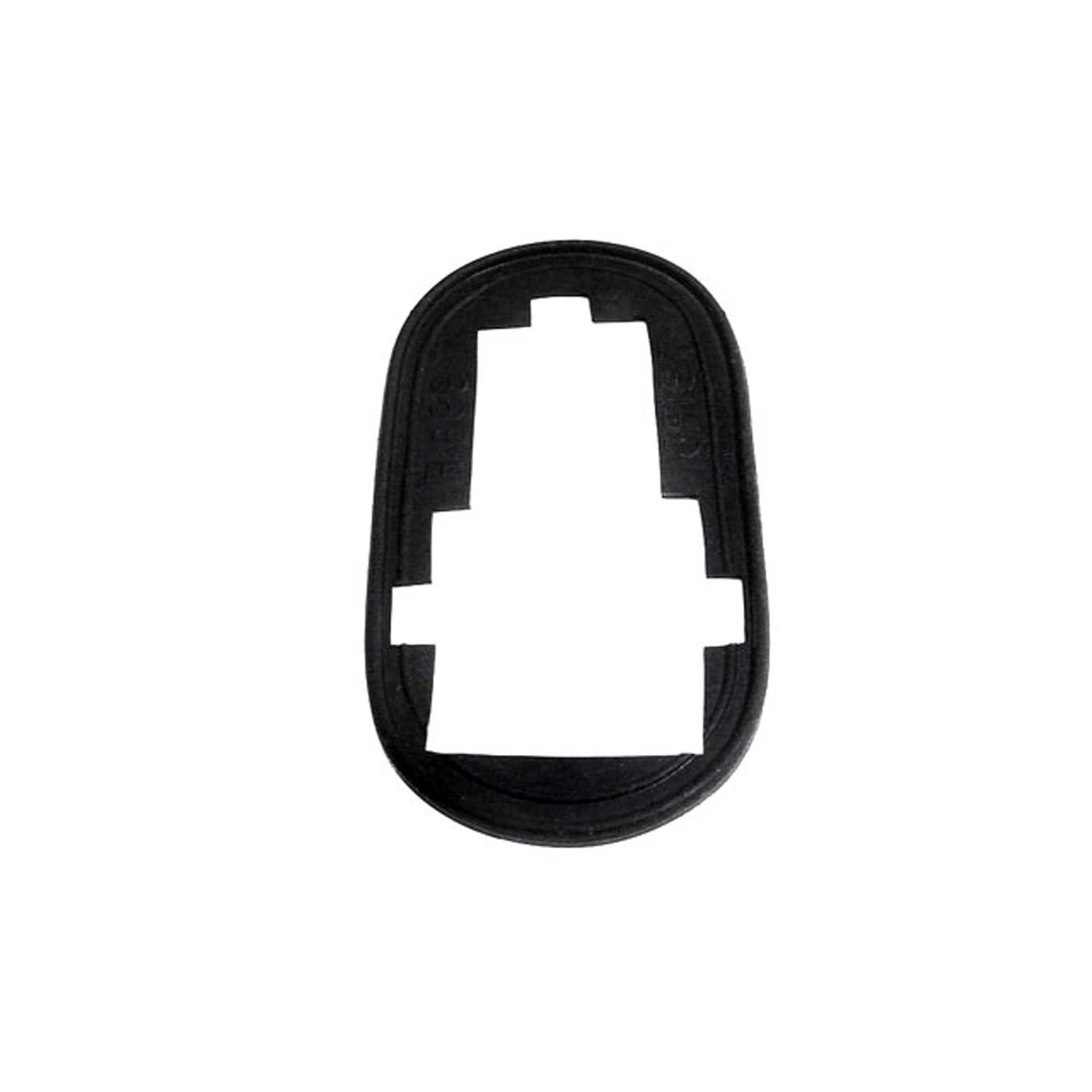 1966 Ford Thunderbird Switch Grommet. 2-1/8" wide X 4-1/8" long. Each-MP 996-FSwitch Grommet. 2-1/8" wide X 4-1/8" long. Each
1966 Ford Thunderbird Switch Grommet. 2-1/8" wide X 4-1/8" long. Each-MP 996-FSwitch Grommet. 2-1/8" wide X 4-1/8" long. Each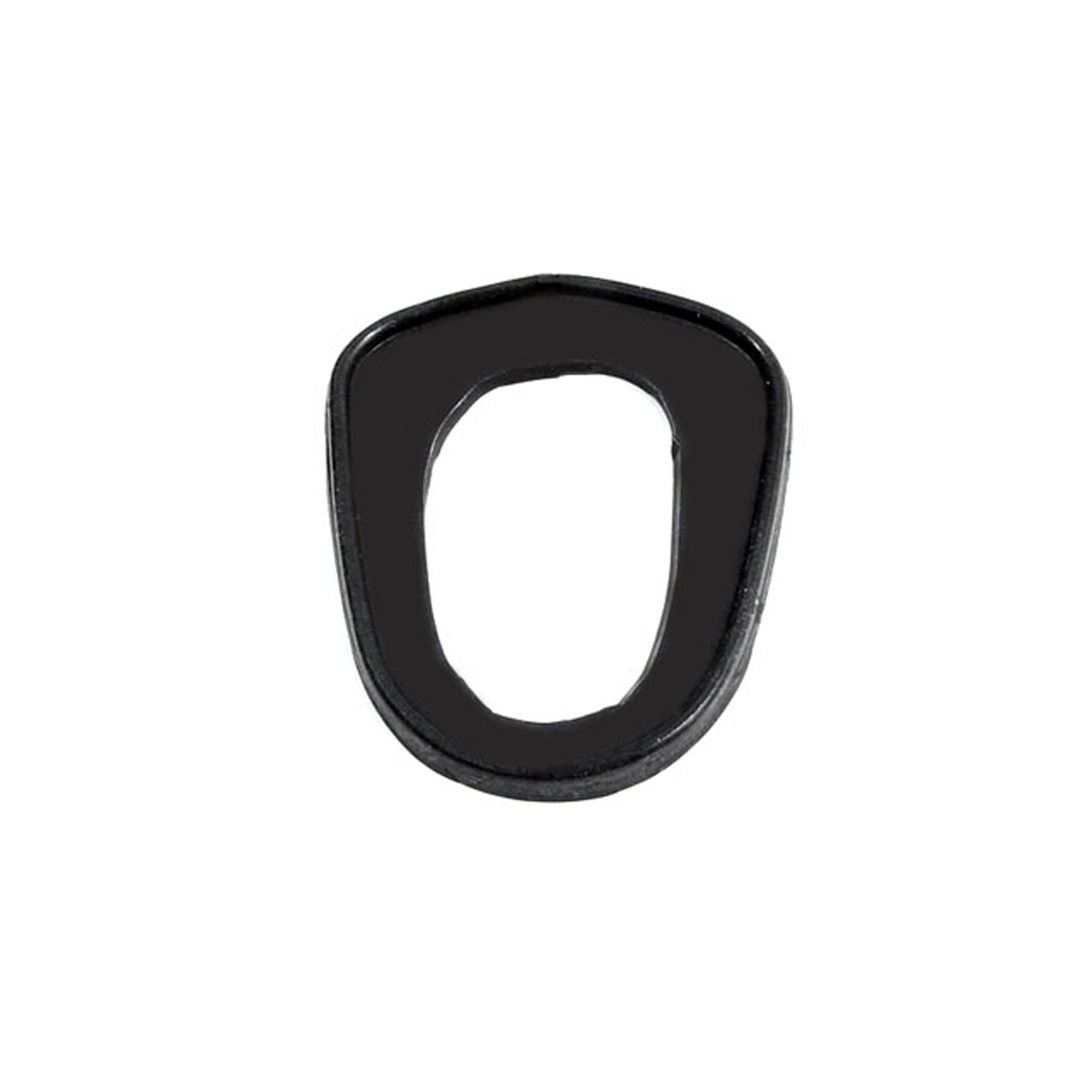 1966 Ford Thunderbird Trunk Lock Pad. 1-5/8" wide X 1-7/8" long. Each-MP 996-GTrunk Lock Pad. 1-5/8" wide X 1-7/8" long. Each
1966 Ford Thunderbird Trunk Lock Pad. 1-5/8" wide X 1-7/8" long. Each-MP 996-GTrunk Lock Pad. 1-5/8" wide X 1-7/8" long. Each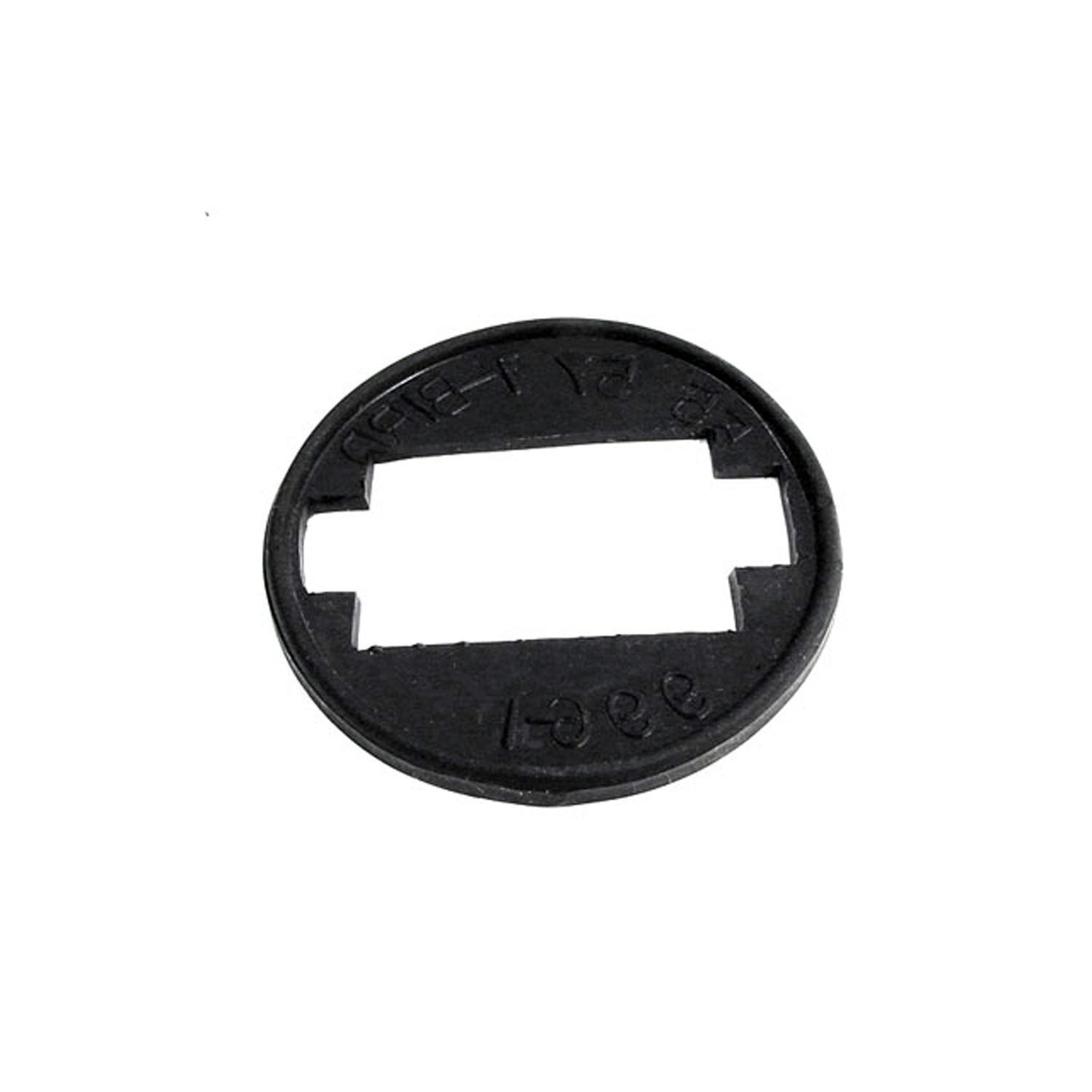 1966 Ford Thunderbird Window Switch Pad. 2-1/4" O.D. Each-MP 996-IWindow Switch Pad. 2-1/4" O.D. Each
1966 Ford Thunderbird Window Switch Pad. 2-1/4" O.D. Each-MP 996-IWindow Switch Pad. 2-1/4" O.D. Each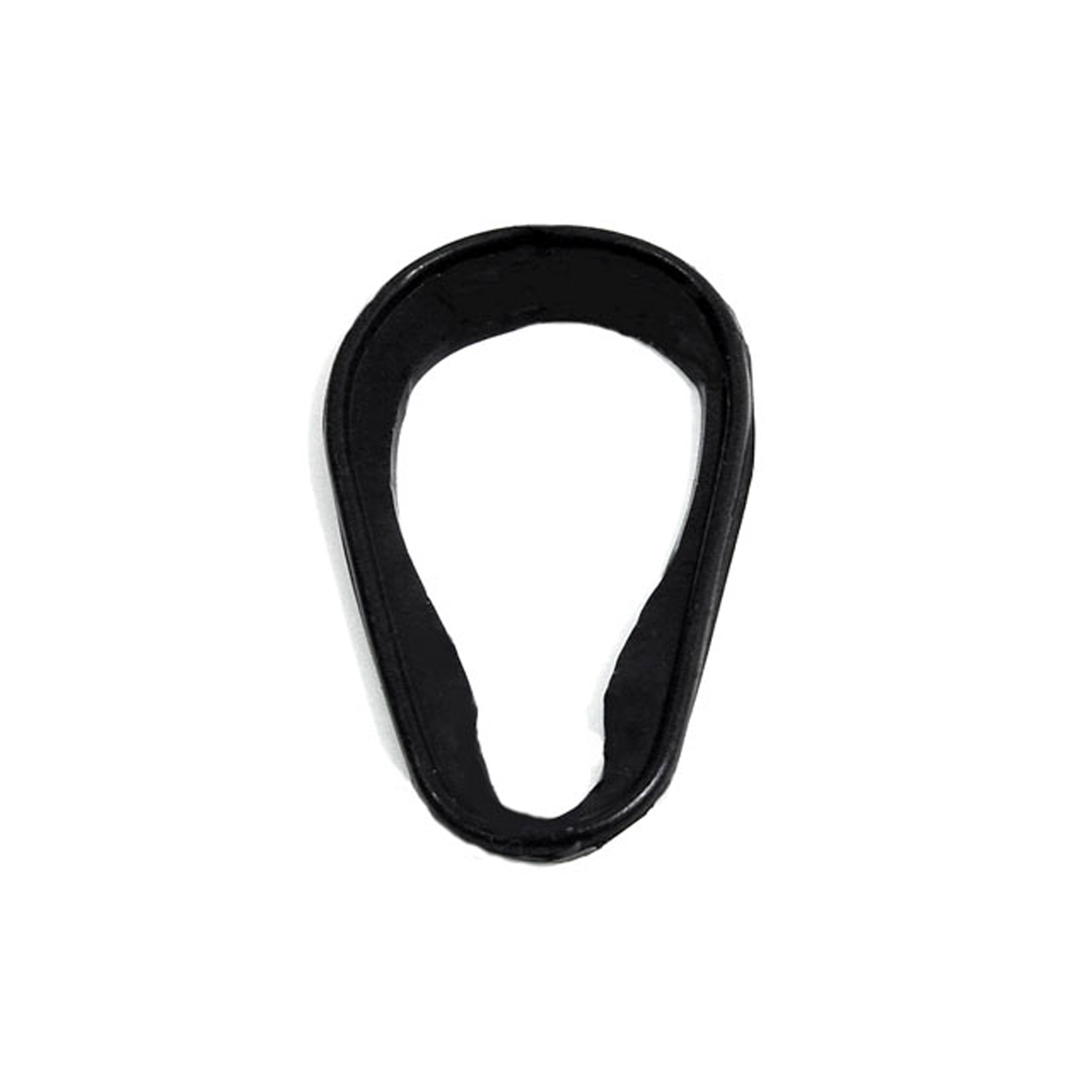 1966 Ford Thunderbird Trunk Lock Pad. 1-1/4" wide X 2-1/4" long. Each-MP 996-JTrunk Lock Pad. 1-1/4" wide X 2-1/4" long. Each
1966 Ford Thunderbird Trunk Lock Pad. 1-1/4" wide X 2-1/4" long. Each-MP 996-JTrunk Lock Pad. 1-1/4" wide X 2-1/4" long. Each 1966 Ford Thunderbird Outside Mirror Base Pad, for Right or Left-MP 996-POutside Mirror Base Pad, for Right or Left. 3-15/16" long X 1-3/16" wide. Replaces OEM #C4SB17724C. Each
1966 Ford Thunderbird Outside Mirror Base Pad, for Right or Left-MP 996-POutside Mirror Base Pad, for Right or Left. 3-15/16" long X 1-3/16" wide. Replaces OEM #C4SB17724C. Each 1966 Ford Thunderbird Convertible Arm Boots. 9-3/4" X 2-3/4" Pair-RP 3Convertible Arm Boots. 9-3/4" X 2-3/4" Pair
1966 Ford Thunderbird Convertible Arm Boots. 9-3/4" X 2-3/4" Pair-RP 3Convertible Arm Boots. 9-3/4" X 2-3/4" Pair 1966 Ford Thunderbird Brake Booster Boot. Each-RP 32-AABrake Booster Boot. Each
1966 Ford Thunderbird Brake Booster Boot. Each-RP 32-AABrake Booster Boot. Each 1966 Ford Thunderbird Hood Bumper. Snap-in wire base like original. Each-SB 89-AHood Bumper. Snap-in wire base like original. Each
1966 Ford Thunderbird Hood Bumper. Snap-in wire base like original. Each-SB 89-AHood Bumper. Snap-in wire base like original. Each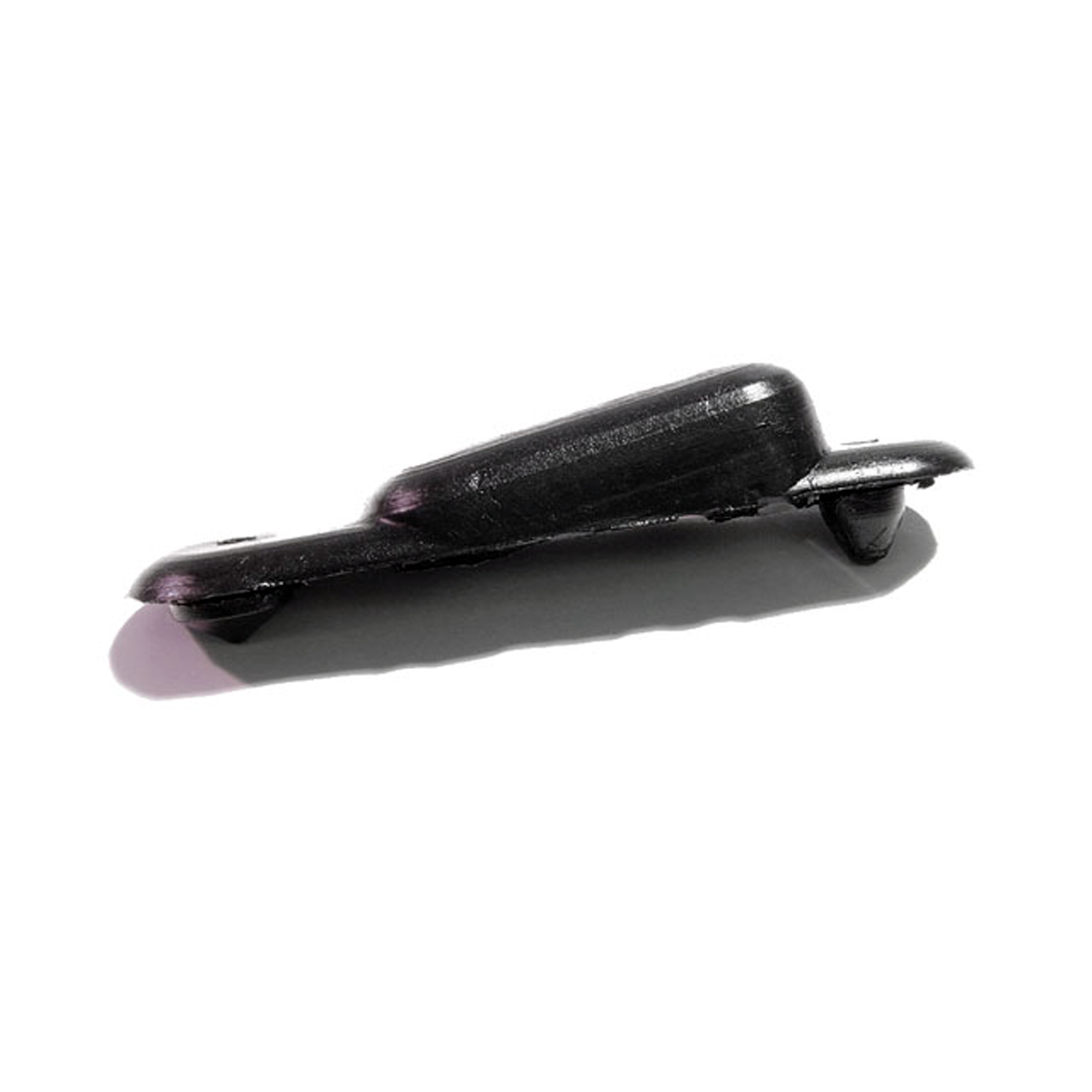 1966 Ford Thunderbird Rocker Panel Drain Plug Valve. Two used per car. Each-SM 64Rocker Panel Drain Plug Valve. Two used per car. Each
1966 Ford Thunderbird Rocker Panel Drain Plug Valve. Two used per car. Each-SM 64Rocker Panel Drain Plug Valve. Two used per car. Each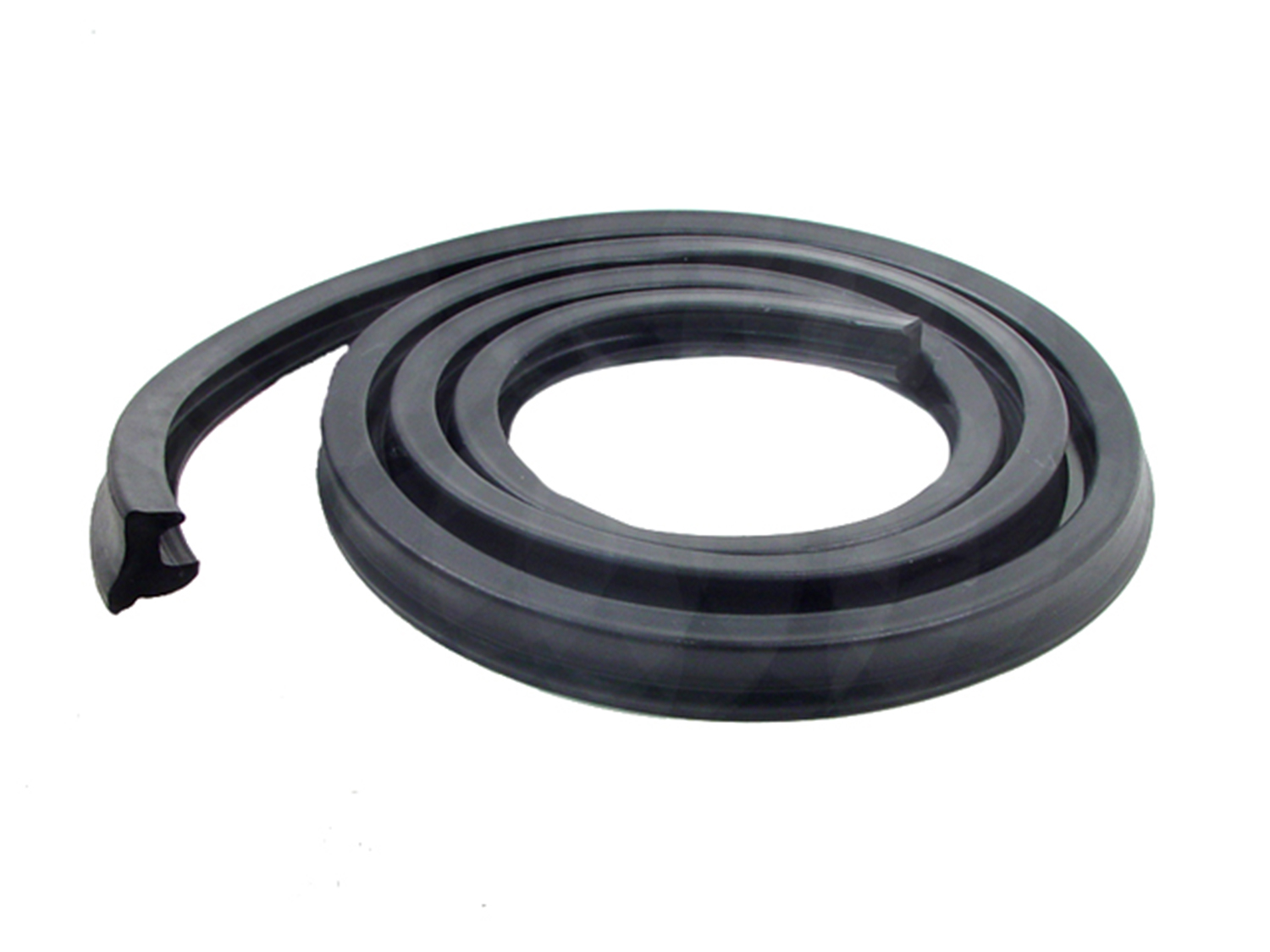 1966 Ford Thunderbird Trunk Seal, 64-66 Ford Thunderbird, Each-TK 108-BTrunk Seal, 64-66 Ford Thunderbird, 5 foot long, Each. Made to keep out the elements and ensure your trunk compartment stays dry.Trunk Seal, 64-66 Ford Thunderbird, EachTrunk Seal. 5' Long Piece. Each (Minimum Order 25 Each)
1966 Ford Thunderbird Trunk Seal, 64-66 Ford Thunderbird, Each-TK 108-BTrunk Seal, 64-66 Ford Thunderbird, 5 foot long, Each. Made to keep out the elements and ensure your trunk compartment stays dry.Trunk Seal, 64-66 Ford Thunderbird, EachTrunk Seal. 5' Long Piece. Each (Minimum Order 25 Each)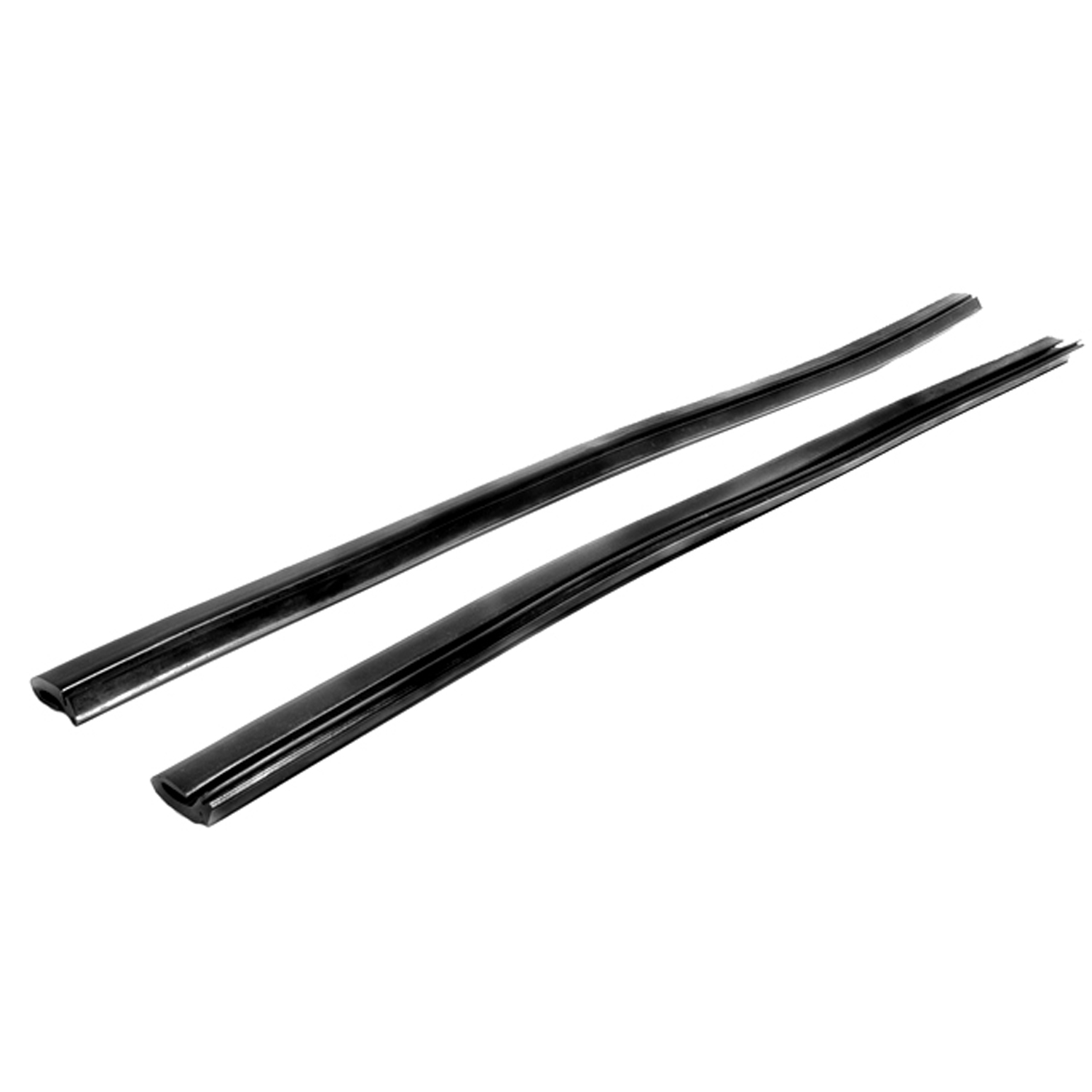 1966 Ford Thunderbird Rear Side Roll-Up Window Seal, for Hardtops and Convertibles-VS 3Rear Side Roll-Up Window Seal, for Hardtops and Convertibles. Two 20" sections slide into metal track. No steel insert. Pair
1966 Ford Thunderbird Rear Side Roll-Up Window Seal, for Hardtops and Convertibles-VS 3Rear Side Roll-Up Window Seal, for Hardtops and Convertibles. Two 20" sections slide into metal track. No steel insert. Pair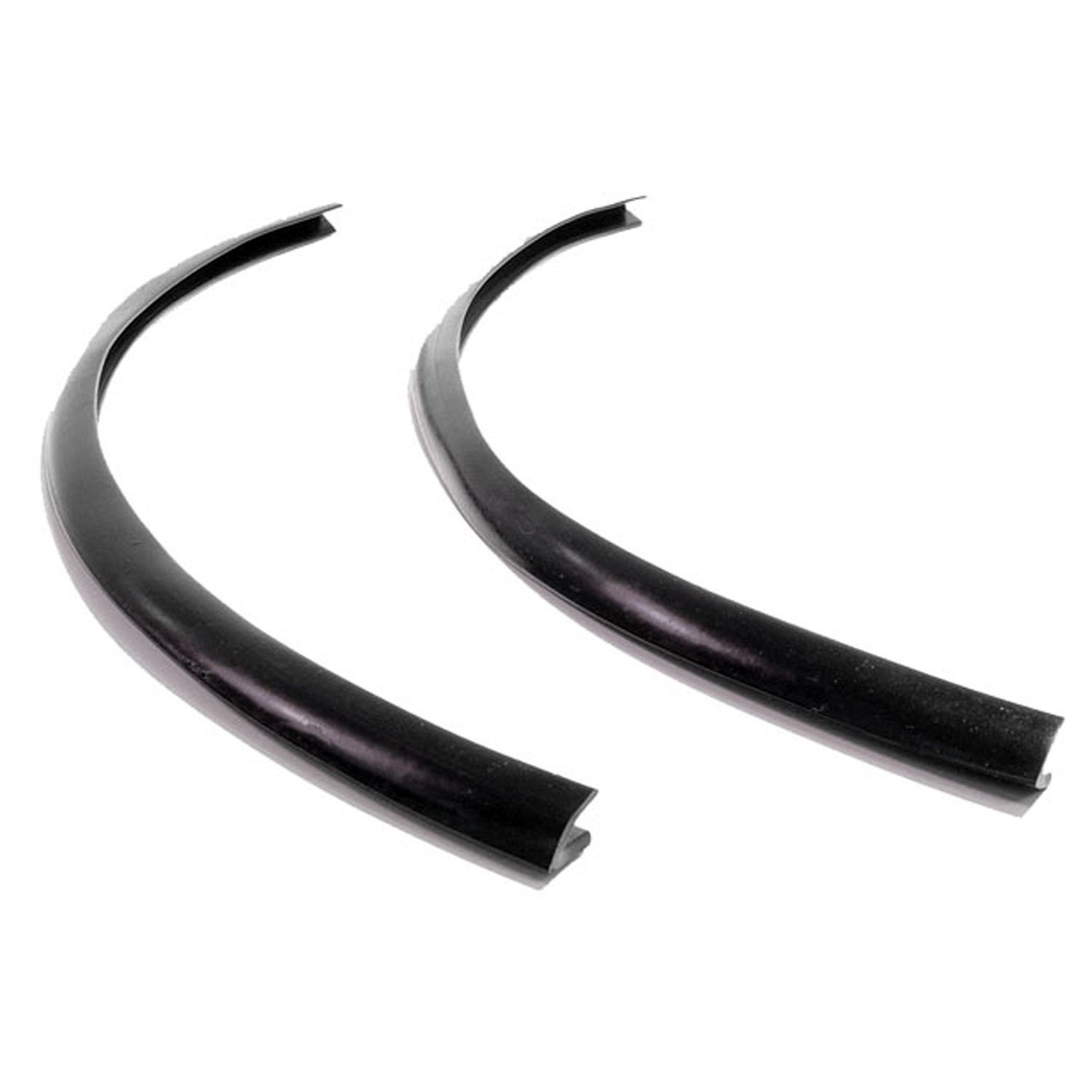 1966 Ford Thunderbird Vertical Seals for Vent Window. Each piece is 17" long-VS 6Vertical Seals for Vent Window. Each piece is 17" long. Pair
1966 Ford Thunderbird Vertical Seals for Vent Window. Each piece is 17" long-VS 6Vertical Seals for Vent Window. Each piece is 17" long. Pair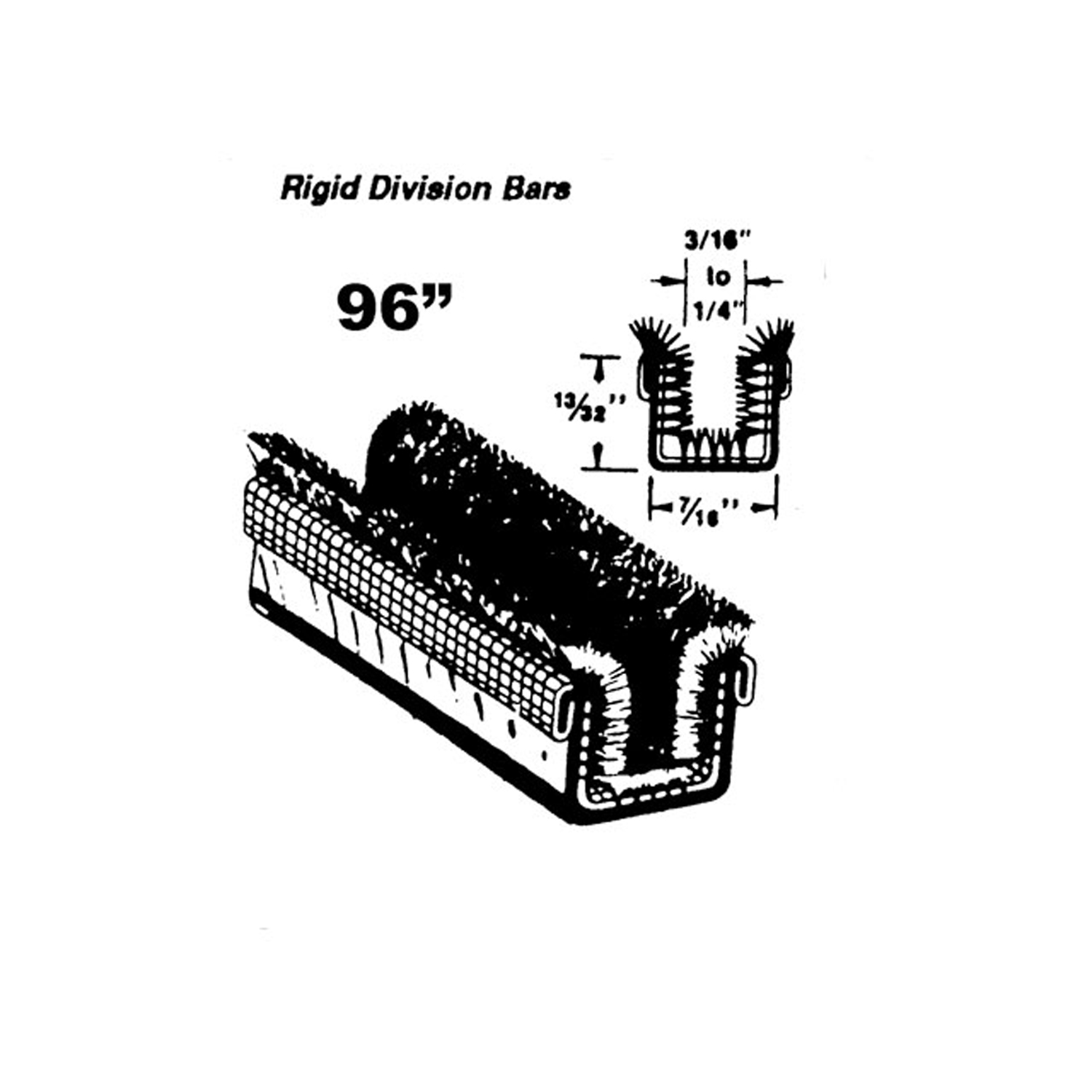 1966 Ford Thunderbird Rigid division-bar channel. Unbeaded. 96 in. long. Each-WC 41-96Rigid division-bar channel. Unbeaded. 96 in. long. Each. NOTE: $20 special shipping charge applies for domestic orders. Call or email for overseas shipping costs. Part can be sectioned in two or three equal lengths to reduce overseas shipping costs.
1966 Ford Thunderbird Rigid division-bar channel. Unbeaded. 96 in. long. Each-WC 41-96Rigid division-bar channel. Unbeaded. 96 in. long. Each. NOTE: $20 special shipping charge applies for domestic orders. Call or email for overseas shipping costs. Part can be sectioned in two or three equal lengths to reduce overseas shipping costs. 1966 Ford Thunderbird Windshield Reveal Molding Clip. Made of steel. Each-WF 228-AWindshield Reveal Molding Clip. Made of steel. Each
1966 Ford Thunderbird Windshield Reveal Molding Clip. Made of steel. Each-WF 228-AWindshield Reveal Molding Clip. Made of steel. Each 1966 Ford Thunderbird Spare Tire Hold Down Nut. 3/8- 16 thread size-WF 3504Spare Tire Hold Down Nut. 3/8- 16 thread size. Replaces OEM #B9AZ-1462-A. Each
1966 Ford Thunderbird Spare Tire Hold Down Nut. 3/8- 16 thread size-WF 3504Spare Tire Hold Down Nut. 3/8- 16 thread size. Replaces OEM #B9AZ-1462-A. EachWhy Choose Metro?
For over 100 years, Metro Moulded Parts has been the pinnacle of quality in classic car restoration parts. Our commitment to precision and authenticity in every component ensures a perfect fit and an OEM-level appearance.
- Expert Craftsmanship & Quality: Each part is a testament to our dedication to reliability and perfection, crafted from original designs and thoroughly tested.
- Advanced Technology: We use cutting-edge techniques to create flawless, long-lasting parts that surpass others in performance.
- SuperSoft Sponge – The Ultimate Door Seal: Not only are our door seals 30% softer than competitors', but they're also guaranteed to never leak. They effectively reduce wind and road noise, enhancing your classic car's comfort and driving experience.
- Proudly American: Our parts are a product of American craftsmanship, made in the USA with a spirit of excellence and heritage.
- Unrivaled Warranty: We back our products with a 30-year industry-leading warranty, a testament to our confidence in their quality.
Join us in preserving the legacy of classic cars with parts that are crafted for perfection, not just made.

